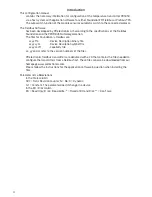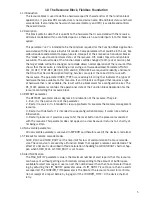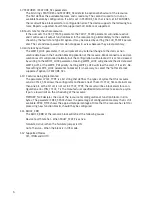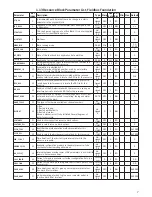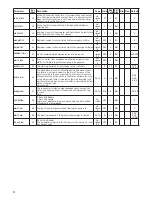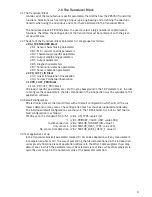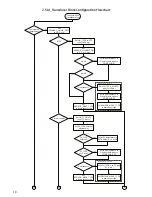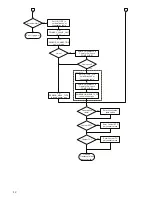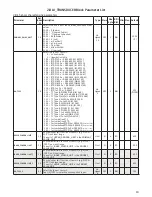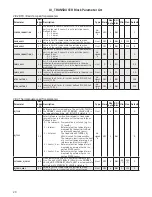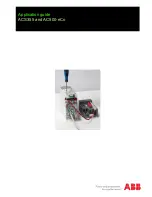
5
1.0 The Resource Block, Fieldbus Foundation
1.1 Introduction
The resource block is used to define a hardware specific characteristics of the function block
applications. It provides PR’s manufacturer’s name, device name, DD and block status and hard-
ware details. It also indicates how much resource (memory and CPU) is available and controls
the overall device.
1.2 Description
This block contains data that is specific to the hardware that is associated with the resource.
All data is modelled within a controlled space, so there are no outside inputs into this block re-
quired.
This parameter “set” is intended to be the minimum required for the Function Block Application
associated with the resource in which it resides. Some parameters that could be in the set, like
calibration data and ambient temperature, are more part of their respective transducer blocks.
The “mode” is used to control major states of the resource. O/S mode stops all function block
execution. The actual mode of the function blocks will be changed to O/S (out of service), but
the target mode will not be changed. Auto mode allows normal operation of the resource. IMan
shows that the resource is initializing or receiving a software download. Parameters MANU-
FAC_ID, DEV_TYPE, DEV_REV, DD_REV, and DD_RESOURCE are required to identify and locate
the DD so that Device Description Hosting Services can select the correct DD for use with
the resource. The parameter HARD_TYPES is a read only bit string that indicates the types of
hardware that are available to this resource. If an I/O block is configured that requires a type
of hardware that is not available, the result will be a block alarm for a configuration error. The
RS_STATE parameter contains the operational state of the Function Block Application for the
resource containing this resource block.
1.3 RESTART parameter
The RESTART parameter allows degrees of initialization of the resource. They are:
1 - Run: it is the passive state of the parameter
2 - Restart resource: it is intended to clear up problems for example the memory management
resource.
3 - Restart with defaults: it is intended to wipe configuration memory, it works like a factory
initialization.
4 - Restart processor: it provides a way to hit the reset button on the processor associated
with the resource This parameter does not appear in a view because it returns to 1 shortly af-
ter being written.
1.4 Non-volatile parameters
All non-volatile parameters are saved in EEPROM and therefore used if the device is restarted.
1.5 Timeout for remote cascade modes
SHED_RCAS and SHED_ROUT set the time limit for loss of communication from a remote de-
vice. These constants are used by all function blocks that support a remote cascade mode. The
effect of a timeout is described in Mode Calculation. Shedding from RCAS/ROUT shall not hap-
pen when SHED_RCAS or SHED_ROUT is set to zero.
1.6 Alert Notification
The MAX_NOTIFY parameter value is the maximum number of alert reports that this resource
can have sent without getting a confirmation, corresponding to the amount of buffer space
available for alert messages. A user can set the number lower than that, to control alert flood-
ing, by adjusting the LIM_NOTIFY parameter value. If LIM_NOTIFY is set to zero, then no alerts
are reported. The CONFIRM_TIME parameter is the time for the resource to wait for confirma-
tion of receipt of a report before trying again. If the CONFIRM_TIME = 0 the device shall not
retry.




